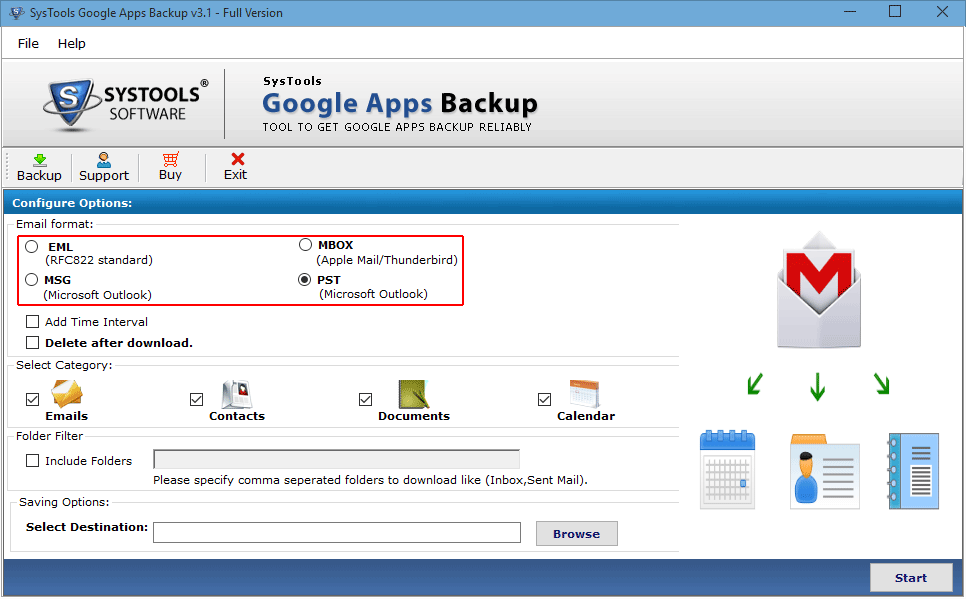

In this case we have three attributes that are factors, To make theĬode below more readable (aligning code and definitions side by side), Repeated for all codes belonging to a common attribute. Theįormat expected of this table has three columns:ĭefinition. Strings), these definitions must be provided in a separate table.

This does not fit so nicely in the above table, where each attribute isĪ single row, so if data uses factors (instead of non-enumerated “definition” value, often the same as theįactors (enumerated domains) need to specifyĭefinitions for each of the code terms appearing in the data columns. Strings (character vectors) data just needs a Additional information required depends on the data Range 1 - 2400 (integer)", "hhmm", NA, NA, NA, "i.flag", "is variable Real, Interpolated or Bad (character/factor)", NA, NA, NA, NA, "variable", "what variable being measured in what treatment (character/factor).", NA, NA, NA, NA, "value.i", "value of measured variable for run.num on year/day/hour.min.", NA, NA, NA, NA, "length", "length of the species in meters (dummy example of numeric data)", NA, NA, "meter", "real")Įvery column (attribute) in the dataset needs anĪttributeName (column name, as it appears in the CSV file)Īnd attributeDefinition, a longer description of what theĬolumn contains. Range: 170 - 209.", "DDD", NA, NA, NA, "hour.min", "hour and minute of observation. (integer)", NA, "which run number", NA, NA, "year", "year, 2012", "YYYY", NA, NA, NA, "day", "Julian day. So any help is appreciated.Attributes <- tibble :: tribble( ~attributeName, ~attributeDefinition, ~formatString, ~definition, ~unit, ~numberType, "run.num", "which run number (=block).

This is a problem which I try to resolve from many time. The other ones maintain the values belong to the sample EML message used at start. The only MAPI PROPERTY field updated which I see correctly into Outlook was the BODY. But this not enough to displayĬorrectly the information so changed into the Outlook. Just before to pass the eml message so updated to Exchange, I controlled whether TNEF was really updated and the result was OK.
#SAMPLE EML FILES UPDATE#
The example, even if illustrates the code used to update a MAPI property (TnefPropertyTag.AlternateRecipientAllowedįor the precision) was used to update almost all the MAPI properties included into TNEF. Where TEMPEMLMSG is a file path where reside the sample eml message and EXCHANGE_PICKUP_DIR is the Exchange 2010 pickup directory. String sPath = "EXCHANGE_PICKUP_DIR" + Guid.NewGuid().ToString() + ".eml" įileStream fsFileStream = new FileStream(sPath, FileMode.OpenOrCreate) Į(fsFileStream) transfer the eml message so generated toward Exchange save the TNEF message inside the EmailMessage Instance Writer.WriteProperty(TnefPropertyTag.AlternateRecipientAllowed,true) Writer.StartAttribute(TnefAttributeTag.MapiProperties, TnefAttributeLevel.Message) update a TNEF MAPI property - in every case more MAPI properties will be updating If (reader.AttributeTag = TnefAttributeTag.MapiProperties) Writer = new TnefWriter(tnefPart.GetContentWriteStream(tnefPart.ContentTransferEncoding), access to the EML file from which I need to update the TNEF contentįileStream fsFileStreamToSpp = new FileStream(TEMPEMLMSG, FileMode.Open) ĮmailMessage emailItem = EmailMessage.Create(fsFileStreamToSpp) To perform this, I've used the .* API and following I'll report a C# code sample I need to update the TNEF content after create an instance of an EmalMessage starting from a sample EML file.


 0 kommentar(er)
0 kommentar(er)
